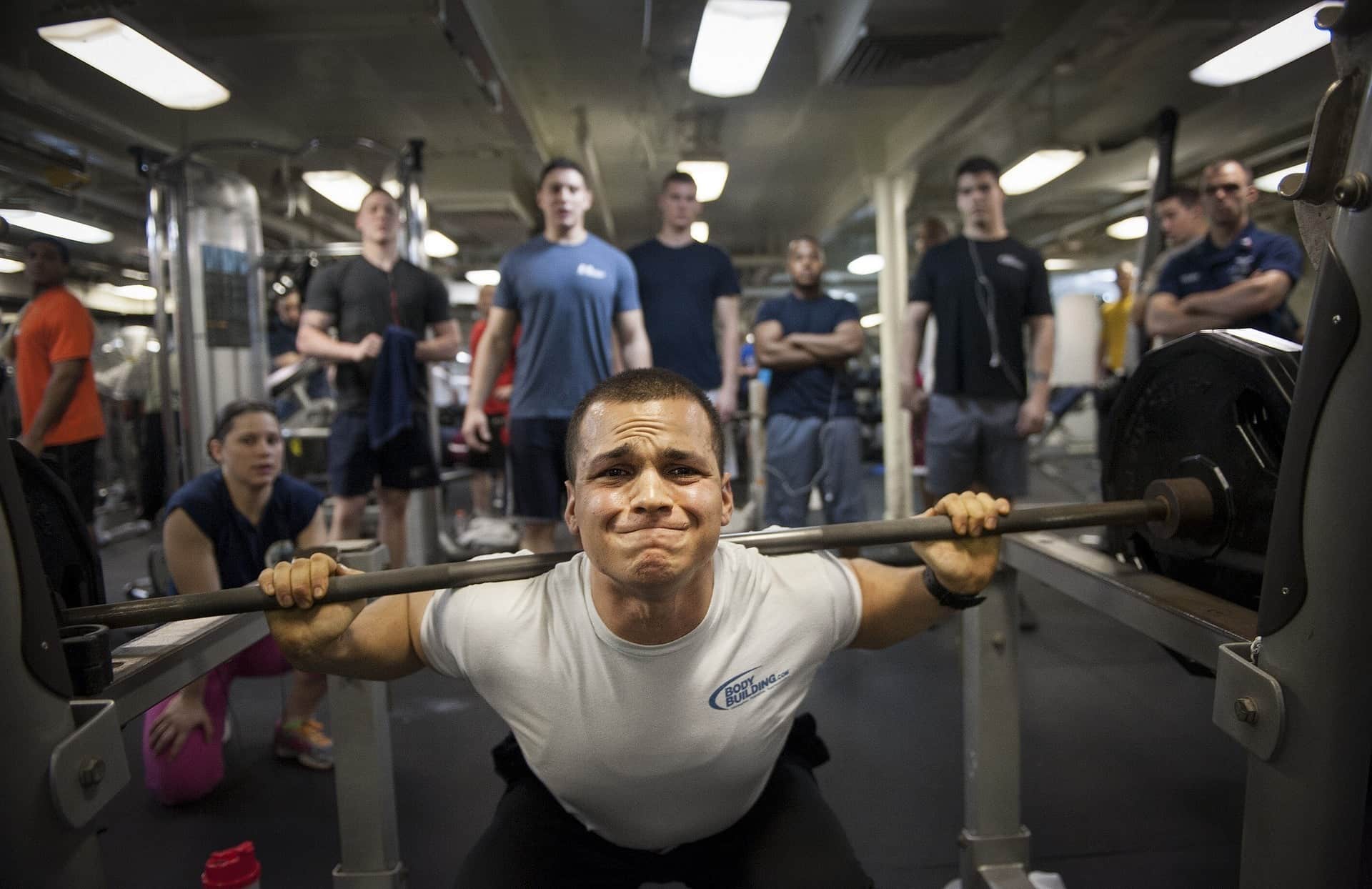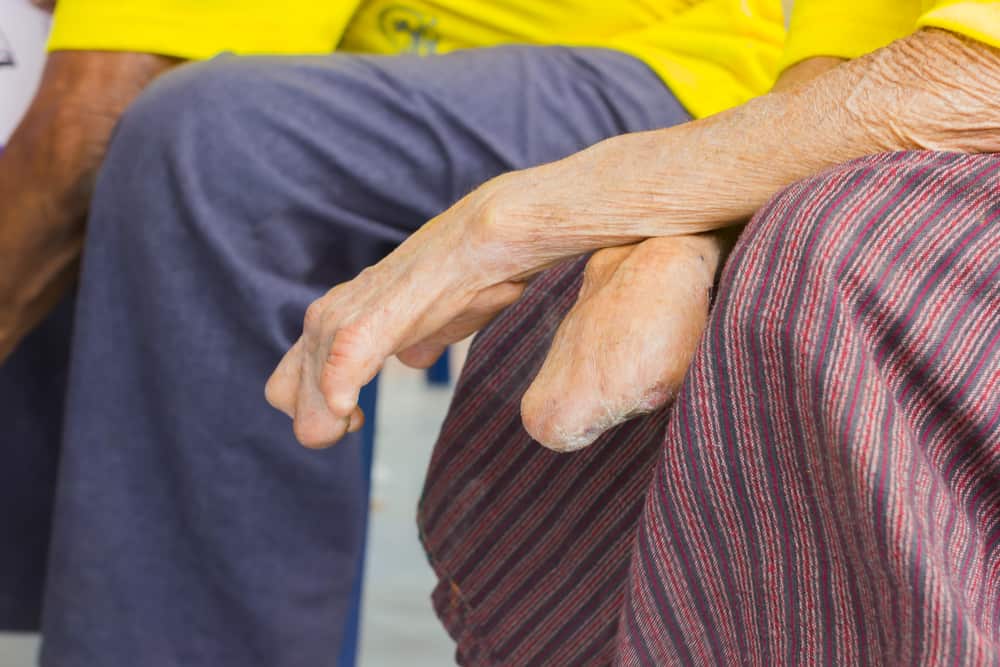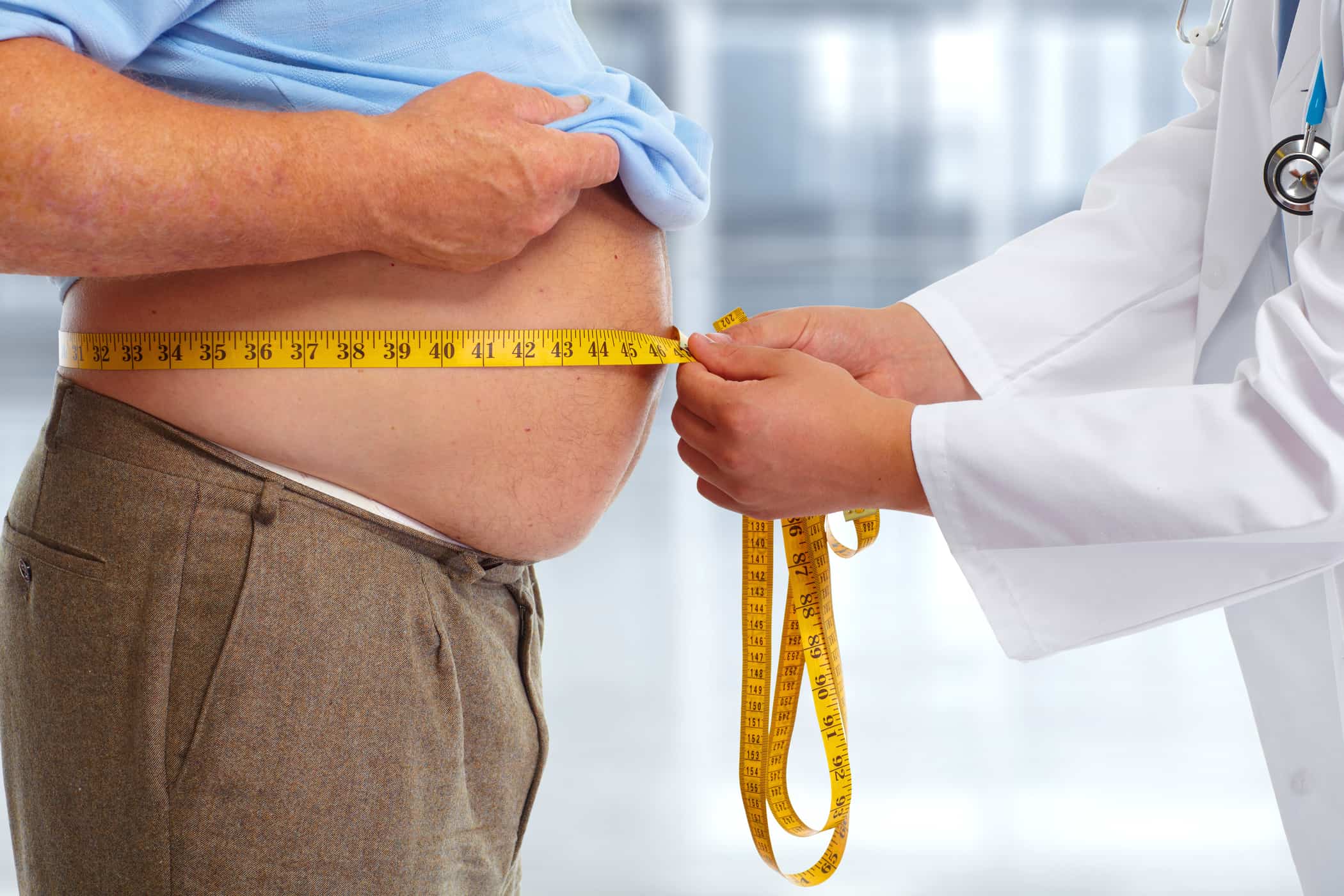Contents:
- Medical Video: Light Weights vs Heavy Weights for Muscle Growth
- Why is there an assumption that the risk of lifting weights can make a short body?
- Relax, lifting weights does not make the body short
- The body gets shorter with age, not always because of the risk of lifting weights
- Benefits of weight lifting for children and adolescents
- Which must be considered if the child wants to lift weights
Medical Video: Light Weights vs Heavy Weights for Muscle Growth
Weightlifting offers a number of health benefits including weight loss, fat burning, muscle building, and fighting osteoporosis. But behind a number of these tempting benefits, many people are still hesitant to start because they are haunted by the whisper of neighbors who say that the risk of lifting weights can make the body of Bantet, aka shorter. Especially if done routinely by children and adolescents. The time is, is that so?
Why is there an assumption that the risk of lifting weights can make a short body?
The growth of a person's height in adolescence is influenced by the epiphyseal plate, otherwise known as the growth plate, which is located at the end of the long bone. This plate will divide and regenerate throughout the child's growth period to form new bones in the process. The closure of the epiphyseal plate generally occurs between the ages of 17-23 years, which is characterized by compaction of soft bone plates (cartilages) to form mature bones.
Several factors that can affect how quickly the epiphyseal plate closes and determines a person's height include genetics from parents, nutritional intake, and physical activity during the growth period.
Because epiphyses plays an important role in bone growth, many parents are worried if this plate is damaged or closes too quickly due to the weightlifting activities carried out by their child. This is what triggers confidence that the risk of lifting weights can hinder the growth of one's height.
Relax, lifting weights does not make the body short
Weight lifting has long been known to increase bone density in adults. A study published in the Journal of Clinical Medicine Research found evidence that weight lifting actually had a positive effect on the development of epiphyseal growth.
Dr. Avery Faigenbaum from the University of Massachusetts also stated the same thing. Concerns about weightlifting that hinder the growth of children and adolescents are outdated and misleading. In addition to weight training, he recommends that you continue to eat healthy foods and exercise regularly to stimulate height growth.
The body gets shorter with age, not always because of the risk of lifting weights
Even so, height shrinkage is not an impossible thing regardless of what physical activity you do. Humans can lose a few centimeters of their height because the joint plate between the spine is "worn" and depressed so that it curves. A shorter body with age can also be affected by loss of bone density (osteoporosis).
The loss of muscle in the torso can also cause the posture to bend. Even straightening the arch of your foot can also make you a little shorter. Height loss can be a sign of a general lack of body health or poor nutrition.
Benefits of weight lifting for children and adolescents
Weight lifting is not only done with heavy loads. Can also be done with a retaining bracelet, fitness ball or with the child's own weight, such as planking.
As reported by the Mayo Clinic, some of the benefits of lifting weights for children and adolescents include:
- Strengthens bones and muscles
- Increase physical endurance
- Protecting tendons and ligaments
- Increase bone density
- Helps maintain healthy cholesterol levels and maintain blood pressure
- Helps maintain a healthy body weight
- Strengthens performance while exercising and injuries while exercising
- Allows the nervous system and muscles to interact more efficiently.
Weight training can be started early. The youngest age allowed is 7 or 8 years. In addition, weight training should begin before children reach puberty or at least 12 years of age because their bodies are more flexible and easier to train.
Which must be considered if the child wants to lift weights
As mentioned above, lifting weights basically does not inhibit growth in height. Many health experts today recognize that the health benefits of endurance training are greater than the risk of plate damage. But, don't also carelessly lift weights if you don't want injury.
For children, supervision is key. The risk of injury is real, but can be minimized by appropriate techniques and supervision. Some of the risks of injuries that often approach children are fractures, bone dislocations, spondylolysis, hernias, and to the rupture of the heart muscle. The majority of these injuries occur in children who exercise alone, without supervision from skilled adults.
That is why, if a child wants to do weight lifting, or other physical activities, it is better to always be supervised by a qualified coach and therapist so that it can reduce the risk of injury. In addition, proper supervision when a child engages in physical activity will also maximize the potential benefits.












